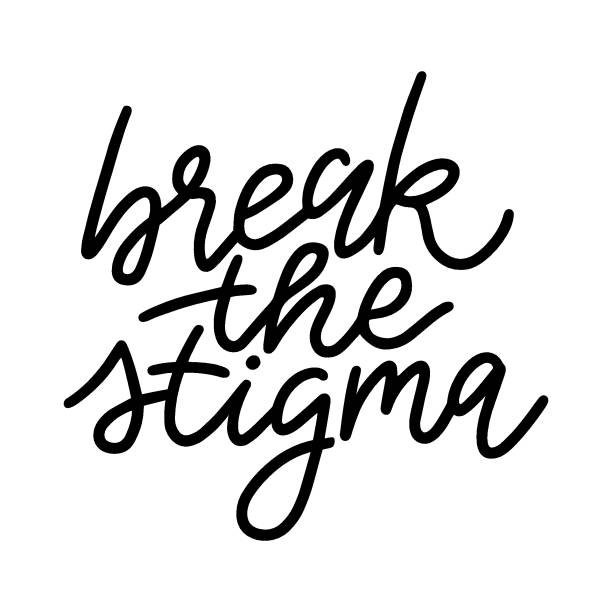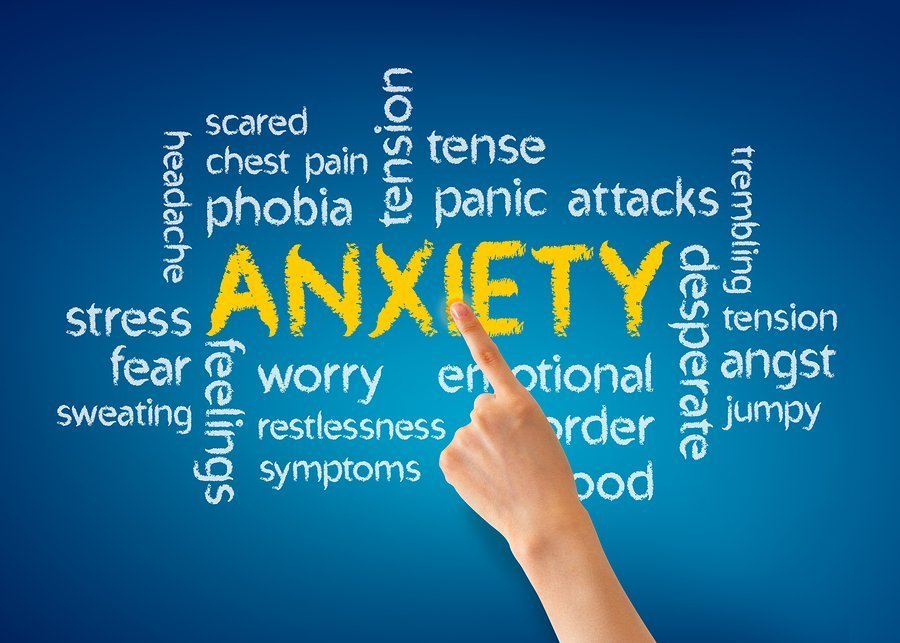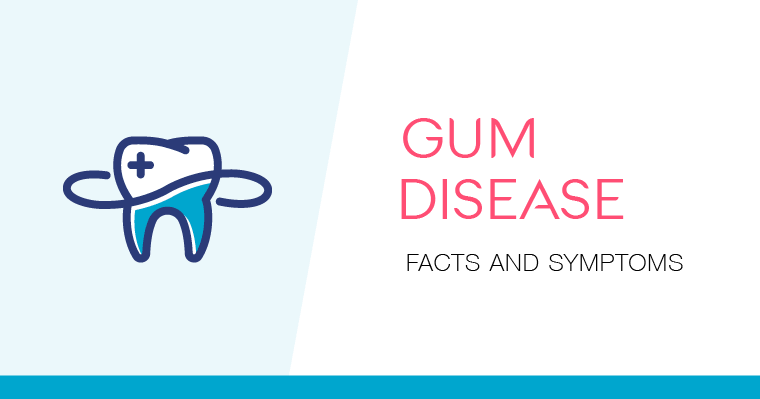Table of Contents
ToggleIn 2023, mental health awareness is going to be more important than ever. As the stigma surrounding mental illness continues to be lifted, people are becoming more open about their struggles with anxiety, depression, and other disorders. However, it’s important for us all to learn how to help those who suffer from these conditions as well as ourselves. Here are five reasons why it’s so important that we all become experts on mental health awareness:
Promoting Well-being: The Necessity of Mental Health Awareness

It is important to understand that mental disorders are not a choice. They are not a weakness or character flaw, and they are not something you can just “snap out of” if you try hard enough. A person with a mental disorder is sick have an illness that requires treatment in order for them to get better.
Treatment as unhealthy or broken for mental illness is undesired. It’s caused by a lack of understanding. Change the mindset. Mental disorders should be viewed as health issues, not character flaws or shortcomings. It’s important to educate others on the realities of mental health and break the stigma that surrounds it. Mental illness is a part of life and it’s essential to support those who are struggling with it. Let’s work together to create a more understanding and compassionate society.
Eradicating Misconceptions: The Significance of Mental Health Awareness

Stigma is a barrier to treatment, and it affects people with mental illness, their families and friends, and the community at large. It’s caused by ignorance, fear, and prejudice; which often leads to discrimination.
This is a major obstacle for those struggling with mental health issues because it can prevent them from seeking help or even talking about their problems. People are often afraid that others will not understand them or will judge them harshly if they admit their struggles with mental illness. They may feel ashamed or embarrassed about having a psychological disorder that they believe makes them “different” from other people. They may fear being ostracized by those around them if they share too much personal information about themselves (for example: “I have bipolar disorder”). This fear of stigma acts as a barrier between suffering individuals and treatment programs that could provide relief from symptoms such as depression, anxiety disorders, or eating disorders—or even save lives by preventing suicide attempts!
Mental Health Awareness is Important Because it Educates Us About the Growing Concern about Suicide Rates
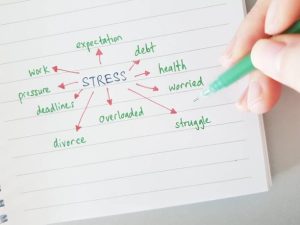
Suicide is the 10th leading cause of death in the United States. The suicide rates have increased by 33% since 1999, and suicide is the 2nd leading cause of death for young people between 15 and 24 years old. In this section, we’ll explore why mental health awareness is so important when it comes to educating us about this growing concern.
The Suicide Prevention Resource Center reports that each year approximately 44,000 people die by suicide; every 13 minutes someone dies by suicide; someone attempts to kill themselves every 3 minutes; suicide is the 2nd leading cause of death among young people between 15-24 years old (only car accidents are more deadly). These numbers are alarming!
Mental Health Awareness is Important Because it Highlights the Importance of Staying Healthy

Mental health is just as important as physical health, and it can affect your overall health. According to the National Institute of Mental Health (NIMH), “Stress can have a direct effect on your brain: Stressful experiences lead to increased levels of certain hormones that trigger many body responses, including an increase in heart rate and blood pressure. These changes may be necessary for survival during a crisis but are unhealthy when they happen often. They can contribute to serious health problems like heart disease, diabetes, cancer, and mental illness.”
If you want to stay physically healthy and mentally healthy, here are some tips:
- Eat a balanced diet with plenty of fruits and vegetables
- Get enough sleep every night
- Exercise regularly (even if it’s just going for walks)
The impact of stigma and its importance
Stigma is a major barrier to understanding and addressing mental health issues. Words shape how we think of mental illness. Poor choice of words can reinforce stereotypes and negative perceptions. Sensitive language helps reduce stigma and increase understanding. Be aware of biases when speaking about mental health. Use inclusive language to break barriers and create a more supportive society.
With such a movement in place, it’s important that we educate ourselves and others on mental health awareness to break down the stigma associated with mental illness.
Mental health awareness is important because it helps those who suffer from mental disorders. It also helps stop the stigma of mental illness and educates us about the growing concern about suicide rates.
As a society, we must continue to break down barriers that prevent people from seeking help for their mental illnesses. Let them know they’re not alone, and feelings are nothing to be ashamed of.
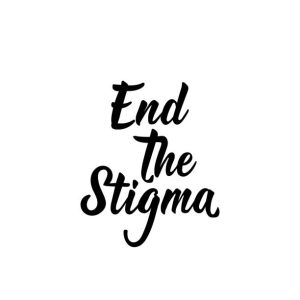
Conclusion
As we all know, there is no one right way to deal with mental health issues. Everyone has their own unique experiences and needs that they must take into account. That said, there are some common threads that can help us all become better versions of ourselves. Unique experiences with mental illness differ. Common themes in coping with stressors can help in difficult situations.

